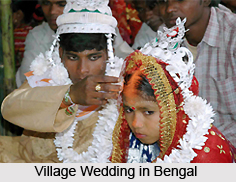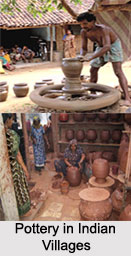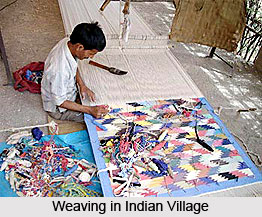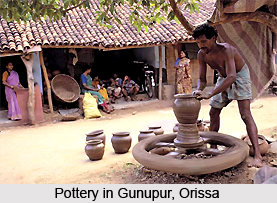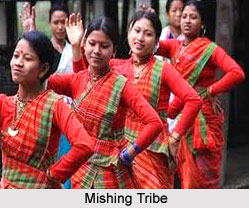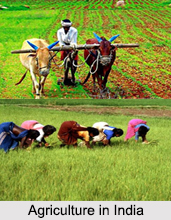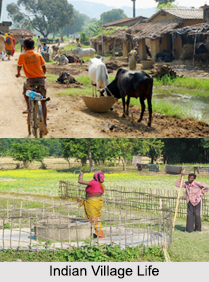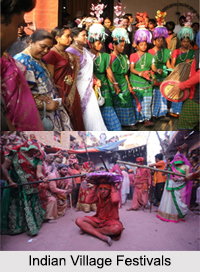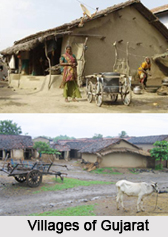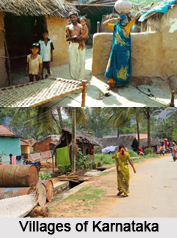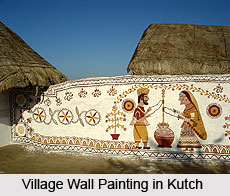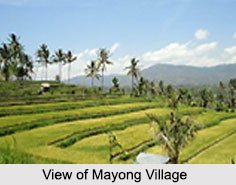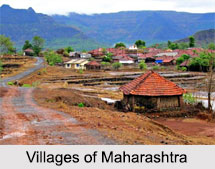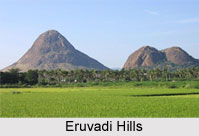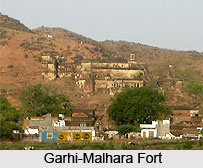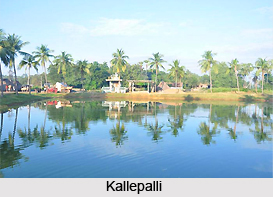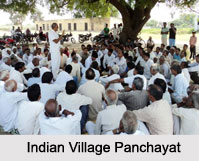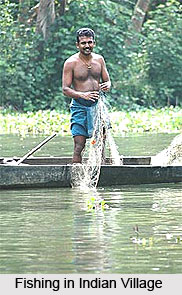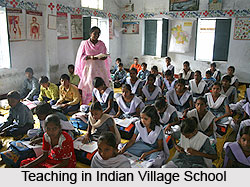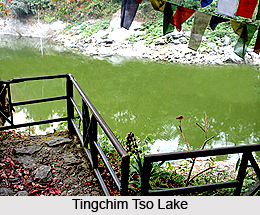 Tingchim is a picturesque village nestled in the Sikkim state of India. It is stunningly enveloped by a splendid dense forest with a rock cliff backdrop and a view of the snaking Teesta River. It serves as an excellent holiday destination where one can spend quality time amidst nature. The main highlights of this village are a sacred lake, an ancient monastery and varieties of flora and fauna.
Tingchim is a picturesque village nestled in the Sikkim state of India. It is stunningly enveloped by a splendid dense forest with a rock cliff backdrop and a view of the snaking Teesta River. It serves as an excellent holiday destination where one can spend quality time amidst nature. The main highlights of this village are a sacred lake, an ancient monastery and varieties of flora and fauna.
Etymology of Tingchim
The literal meaning of Tingchim is a bamboo urn in Lepcha language.
Location of Tingchim
It is located in Mangan subdivision, North Sikkim district, Sikkim, India. It is situated at an altitude of about 3150 feet. It is beautifully settled between Phodong and Mangan.
Beauty of Tingchim
The beauty of Tingchim lures tourists from varied distant places of India as well as abroad. There is a sacred lake named Tingchim Tso Lake in the village which is surrounded by serene greenery. Filled with colouful fishes, the lake is thought to be a sacred one where the villagers offer prayers on several occasions. The unique feature of this lake is that one part of the lake has dark black water whereas the other part has emerald green water. A pleasure walk in the surrounding of the lake would be very rewarding.
The village is also home to a 133 year-old gompa named Tingchim Mani Lhakhang monastery. This ancient monastery is known for its Bumkar Puja which is held during mid December or the first week of January.
Nearby Attractions of Tingchim
There are many nearby attractions of Tingchim including Botanical Garden and Butterfly Park, Phensang Monastery, Phodong Monastery etc. The medicinal plants and the colorful butterflies of Botanical Garden and Butterfly Park are worth watching. The Phensang Monastery, established in 1721 AD of Nyingmapa order, is known for its annual festival when sacred dances are performed. The Phodong Monastery, built in the early 18th century, is home to various collections of ancient murals. Tourists visiting Tingchim can easily have a glimpse of these sites.
Connectivity to Tingchim
The village is well linked via roadway. Tourists can avail car services from Gangtok to Mangan. From Mangan, one can again avail vehicle services to reach Tingchim.
